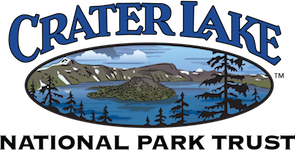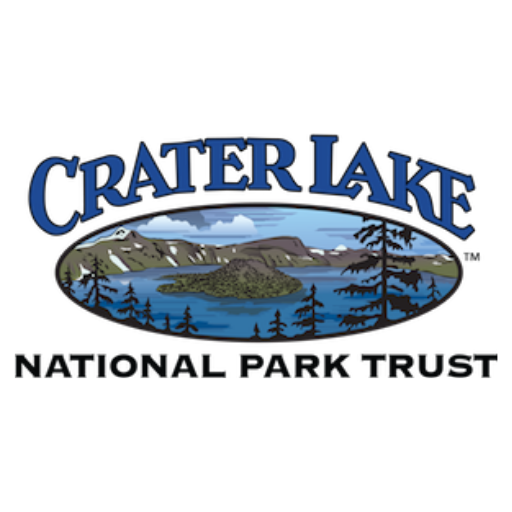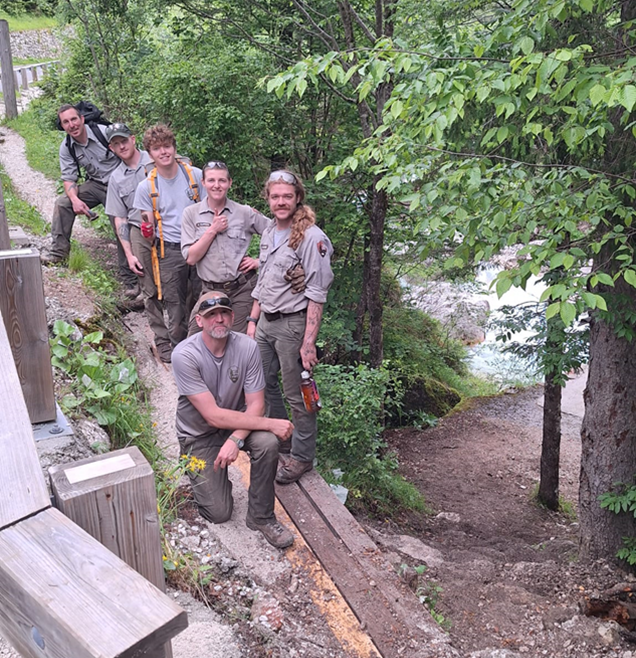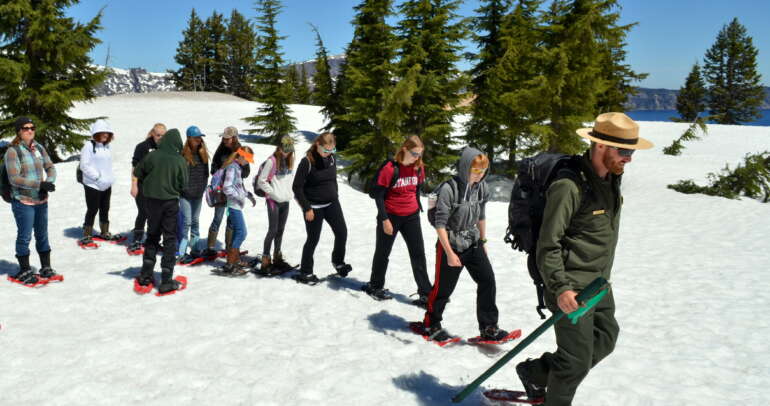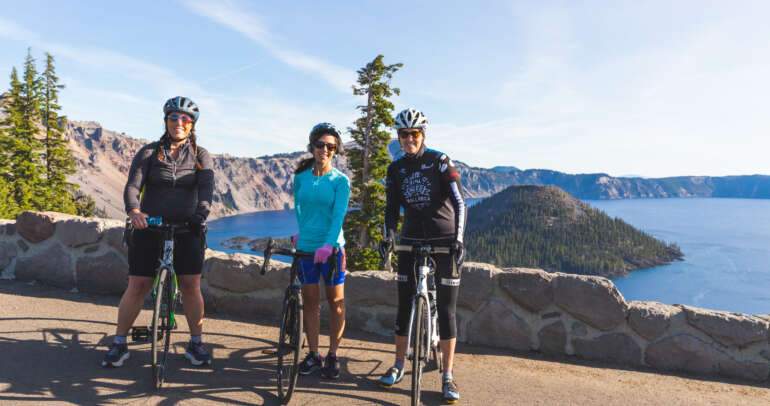A team of Crater Lake National Park’s trail crew recently spent three weeks at Triglav National Park in Slovenia repairing and rebuilding trails destroyed by 2023 storms and flooding.
Triglav and Crater Lake are “sister parks” who, under an international agreement, have been collaborating on projects and occasionally exchanging staff to help implement special programs.
“It is an absolutely beautiful country,” Andrew Hoeg, Crater Lake’s trail supervisor who led the six-member crew, said of Slovenia and Triglav. “It was hard work, but it was worth it.”
Located in the Julian Alps, Triglav was established 100 years ago at the Alpine Conversation Park. It later became Triglav National Park, Slovenia’s only national park.
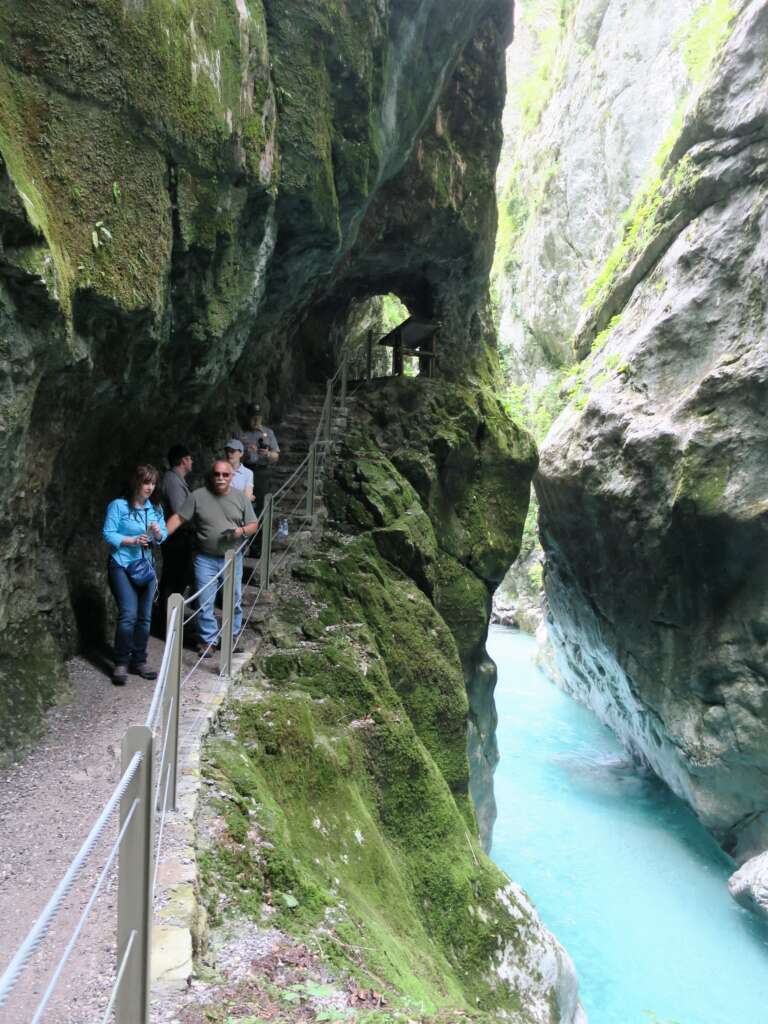
The Soca River Trail before damage from 2023 floods. Photo Courtesy Crater Lake National Park
Large sections of Triglav’s nearly 500-mile trail network were severely damaged or destroyed last year. Unlike Crater Lake and other U.S. national parks, Triglav has no trail crews. Instead, the park, which was created around villages, normally relies on private groups that manage most trails and volunteers.
“They have totally different ways of management,” Hoeg said, noting there are no regular trail maintenance schedules. Likewise, trails are not required to have specific criteria, such as trail width, required in the U.S.
“There is an actual science to it,” he said of building and maintaining trails. “I feel we put a huge dent in their program in a short amount of time. We did very good work.”
The emergency work focused on two trails, the popular, heavily used 30-mile Soca River Trail and the 1-1/4-mile Pokljuka Gorge Trail, a 5-foot deep, 1-1/4-mile loop trail that goes through Slovenia’s largest fossil gorge. Many park trails receive more than 100,000 visitors annually.
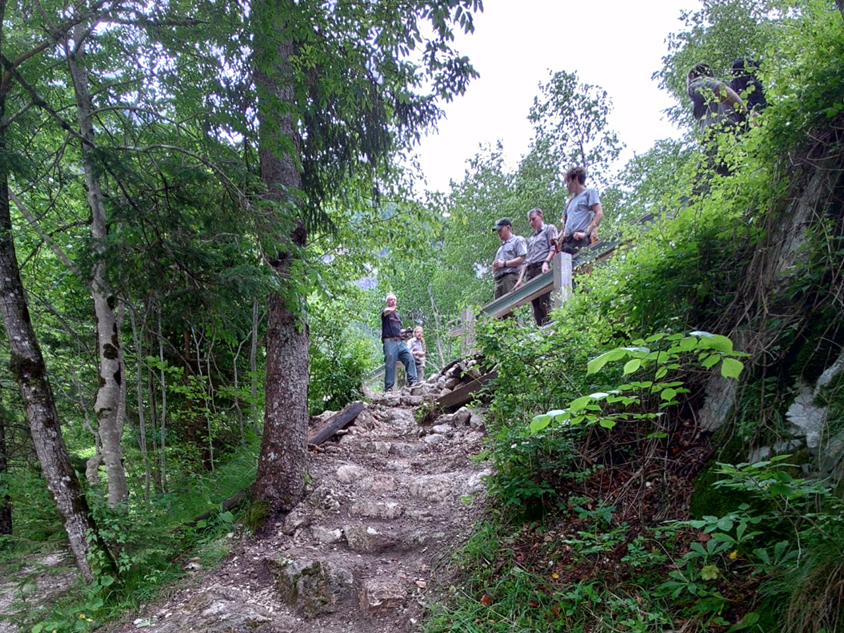
Members of the Crater Lake National Park trail maintenance team that helped rebuild the Soca River Trail in Slovenia were Rory Walker, Han Clifford, Peter Harrison, Adam Heller, Kyle Linden, and kneeling, Andrew Hoeg. Photo Courtesy Crater Lake National Park
Following the crew’s arrival and a day of orientation, fieldwork began May 13 in the Pokljuka Gorge, a remote region. During that time, the crew visited Ljubljana, Slovenia’s capital city, and met with U.S. embassy staff. They later moved to Trenta, their temporary home base while working on the Soca Trail.
Along with interacting with Triglav volunteers and visiting historic site, they participated in the 100th year celebration of Triglav National Park.
Hoeg said several trails were “completely destroyed. In some areas, large sections of badly eroded or washed-out trails were rehabilitated or rerouted.
“We wanted to do what we could to make their trails safe for visitors again.”
Hoeg said the Crater Lake crew worked 40-hour weeks side-by-side with Triglav staff,” which he noted included interpretive rangers and others with no trail maintenance experience. “We were able to provide some of our own expertise.”
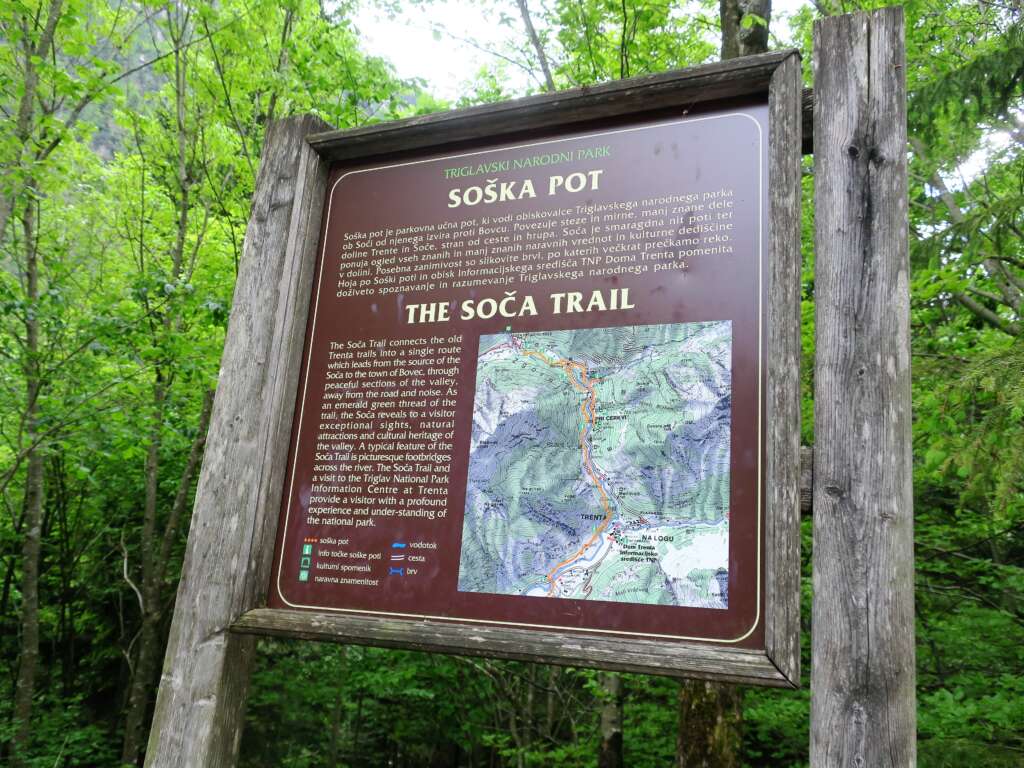
An informational sign marks the beginning of the Soca River Trail in Slovenia. Photo Courtesy Crater Lake National Park
Off-work hours provided other highlights, from attending interpretive programs to free time with new friends. “It was absolutely amazing to be there and to go to their interpretive program,” which he noted have a “strong focus on climate change. It’s something they are very pro-active about.”
“The country is absolutely beautiful. I woke every morning just amazed. Everywhere you look it is so beautiful. It was a great opportunity. I can’t wait to go back,” said Hoeg, who was so enamored that he’s planning a return, non-working visit with wife.
He emphasized that 100 percent of funding for the trip was covered by donations. Triglav National Park covered transportation costs, lodging and meals while various Crater Lake park partners, including the Crater Lake Trust, Friends of Crater Lake and Crater Lake Natural History Association, assisted with other expenses. No Crater Lake National Park funds were used.
Since their return to Crater Lake, the park’s trail crew has been focused on clearing and opening park trails, including eventually the Cleetwood Cove Trail, and roads. West Rim Drive from Rim Village is open to Discovery Point. It’s hoped West Rim Drive to the North Junction Road and the North Entrance Station will open in coming days and weeks. Snow, fallen trees and equipment breakdowns have created challenges.
For updated information on roads and trails call 541-594-3100 or visit the park website at www.nps.gov/crla/planyourvisit.
About Slovenia
Slovenia, formerly part of Yugoslavia, is one of Europe’s least known countries with a population of 2 million, the size of New Jersey. It is bordered by Italy, Austria, Hungary, Croatia and the Adriatic Ocean. The mountains are part of the Julian Alps.
Ljubljana, Slovenia’s capital and largest city, focuses around an Old Town with a hilltop castle, lively central market and distinctly different bridges that cross over the emerald green Ljubljana River. The city is also the home of Park Tivoli, delicious eateries and gracious historic buildings, obelisks and statues.
But Slovania’s focal point is Mount Triglav. At an elevation of 9,395, it’s the tallest mountain in Slovenia and the Julian Alps. It is part of the national consciousness because it’s visible from throughout the country. It’s a mountain so embedded in Slovenia’s persona that a former president declared it the duty of every Slovenian to climb it at least once in their life.
Written by Lee Juillerat in partnership with Crater Lake National Park Trust.
